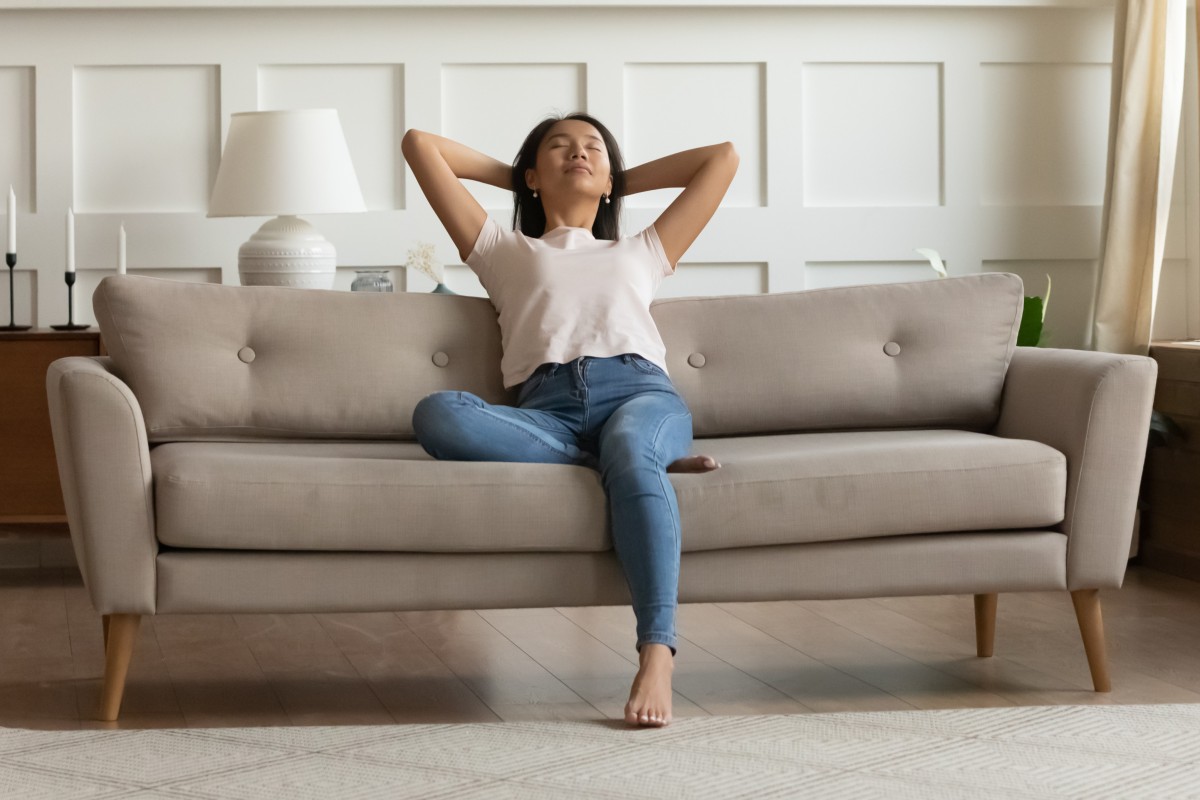
Study Buddy (Explorer): Should you spend free time on mindless or mindful things? A balance of both, experts say
- Each week, Study Buddy Explorer presents an interesting story that we have adjusted to be more accessible for all English learners
- Check your reading comprehension using the questions below or in the linked Kahoot! game
 It is best to maintain a healthy balance of different activities you take on during your free time. Photo: Shutterstock
It is best to maintain a healthy balance of different activities you take on during your free time. Photo: ShutterstockContent provided by the British Council
Read the following text and answer questions 1-9 below:
[1] We can end up with a lot more free time than we know what to do with during a coronavirus lockdown or when social-distancing restrictions are in place. We might binge-watch television shows, connect with loved ones online, catch up on reading and rest – or do nothing at all.
[2] That is good news for people who are constantly on the go. Studies show that having free time during the day can lower our stress levels and make us happier. According to research published in the Journal of Personality and Social Psychology, having a balanced amount of free time is good for our mental health. Too little free time results in greater stress and lower subjective well-being, but too much can affect us negatively as well.
[3] The study’s lead author, Marissa Sharif, said that people often complained about being too busy and wanting more time. Sharif and her team analysed two sets of data from tens of thousands of people. In the first set, they found that as free time increased, so did well-being. This levelled off at about two hours and began to decline after five.
[4] In the second set, they noted that higher levels of free time were significantly associated with higher levels of well-being – but only up to a point. The researchers also found that people who had a moderate amount of free time enjoyed a greater sense of well-being than those with low or high levels of free time.
[5] People who did productive activities like working out or other hobbies reported higher levels of well-being compared to those who did unproductive activities like using the computer or watching television.
[6] “Doing nothing when you have free time – and the boredom that comes with it – can be beneficial because it helps your brain recharge,” said Reema Khanna, clinical director at Breathe Counselling in Hong Kong.
[7] “Watching television and scrolling through social media ... are mindless activities that we do on autopilot. They don’t require much attention, and our unconscious mind tends to dominate while we’re doing them.
[8] “Our brain is on autopilot for about 50 per cent of the day; this helps it maintain its efficacy. But the downside of being on autopilot for too long is that it allows negative thoughts to take over our mind. It’s normal and natural to have negative thoughts – they help us assess risk and benefit ... but when we have too many, it can feel exhausting.”
[9] “It’s important to find a balance between boredom and stimulation,” she says. Your down time can consist of “mindless” activities that conserve your mental energy, balanced with activities like physical exercise; connecting with people online or in person; mindfulness practices like journaling or cooking a special meal; reading; doing an online course or ... anything that challenges your mind.
Source: South China Morning Post, February 15
Questions
Play a Kahoot! game about this story as a class or with your friends by clicking on the link here.
Or play on your own below to test your understanding:
1. According to paragraph 1, what are some things people might do when social-distancing restrictions are in place and they cannot go out?
A. talk to family and friends online
B. watch shows non-stop
C. get some much-needed sleep
D. all of the above
2. Find a phrase from paragraph 2 that means “very active or busy”.
3. According to paragraph 2, what are the disadvantages of not having enough free time?
4. Read paragraphs 3 and 4, and decide if the following statements are True, False or Not Given. (4 marks)
(i) The researchers recommended that teenagers should get up to five hours of free time every week.
(ii) According to the first set of data, people with four hours of free time were about as happy as those with three.
(iii) One’s level of well-being can be influenced by the amount of free time they have.
(iv) People who have nothing to do all day are much happier than those with a moderate amount of free time.
5. Which of the following can replace “up to a point” in paragraph 4?
A. completely
B. for very few cases
C. on all counts
D. to a certain extent
6. List two activities mentioned in paragraph 5 that can increase one’s level of well-being and sense of happiness.
7. Why can doing nothing and being bored be beneficial according to paragraph 6?
8. According to paragraphs 7 and 8, what happens when we spend too much time scrolling through social media? (2 marks)
9. What sort of activities does Khanna suggest for people to do during their free time in paragraph 9?
A. a combination of intense workouts and gentle home exercises
B. a mix of “mindless” pastimes and other activities that exercise the body and mind
C. meditative exercises combined with mindful use of social media
D. none of the above
Answers
1. D
2. on the go
3. greater stress and lower subjective well-being
4. (i) NG; (ii) T; (iii) T; (iv) F
5. D
6. working out, other hobbies
7. It helps our brains to recharge.
8. Negative thoughts start to take over our minds, which can feel exhausting.
9. B
